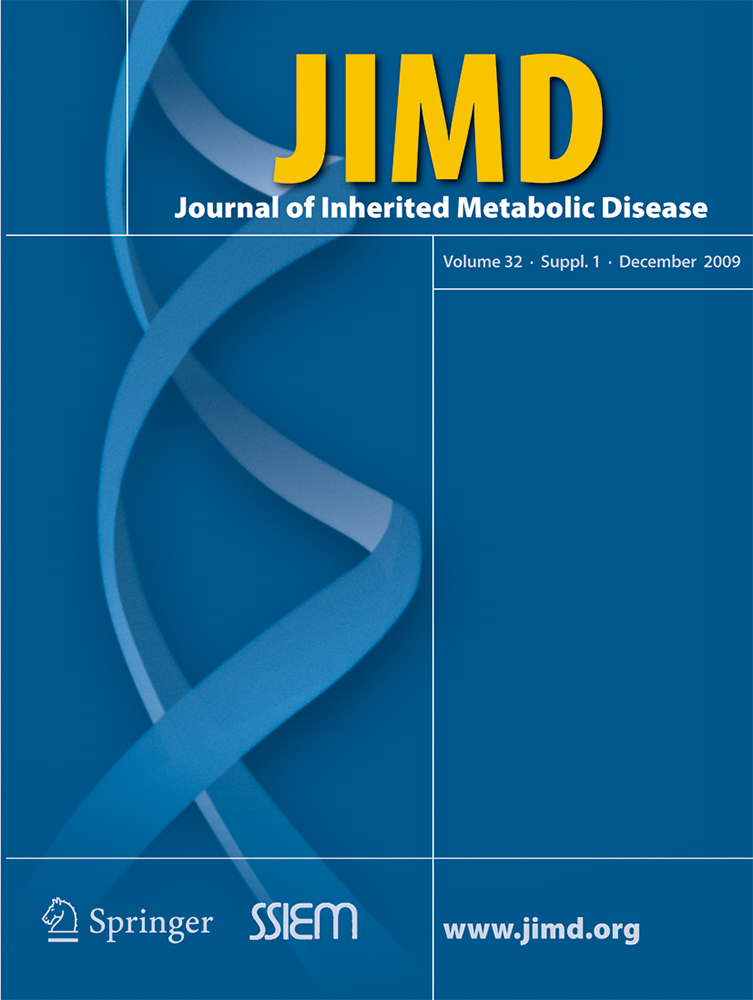Secondary disorders of glycosylation in inborn errors of fructose metabolism
Communicating editor: Jaak Jaeken
Competing interests: None declared
References to electronic databases: Hereditary fructose intolerance: OMIM 229600. Fructose-1,6-bisphosphatase deficiency: OMIM 229700. Aldolase B: EC 4.1.2.13. Fructose-1,6-bisphosphatase: EC 3.1.3.11.
Summary
Adamowicz and colleagues raised the alert in 2007 about patients with atypical hereditary fructose intolerance (HFI) primarily misdiagnosed as CDG Ix. We describe a girl with neonatal hypertonia, facial trismus, absent swallowing and coughing reflexes, gastro-oesophageal reflux and sporadically elevated Krebs cycle metabolites and lactate. At 14 months microcephaly and hepatomegaly were noted, with hypertransaminasaemia but normal blood coagulation, glucose, phosphate, and absent urinary reducing substances. Neurological impairment persisted. Because of hepatic and neurological abnormalities with developmental delay, Tf IEF was performed and showed a severe type 1 pattern, resulting in a wrong diagnosis of CDG. Subsequently, an aversion to fruits suggested HFI, confirmed by the finding of ALDOB mutations (p.A150P/p.N335K). The girl improved with fructose-free diet, but liver cirrhosis led to hepatic transplantation. She is now 7 years old with good evolution; facial trismus and hypertonia reversed, but microcephaly persists. Transferrin MALDI-TOF MS characterization revealed underoccupation of glycosylation sites and glycan abnormalities, which reversed with dietary treatment. High maternal fructose concentrations might have caused neonatal abnormalities. Although in our patient's mother there is no fructose accumulation at present, it is possible that increased ingestion of fruits and vegetables during pregnancy, together with her heterozygosity, caused an accumulation of fructose that finally affected the fetus. We also describe slightly abnormal transferrin isoelectric focusing and MALDI-TOF MS patterns of intact transferrin and N-glycans in a fructose-1,6-bisphosphatase (FBP1)-deficient patient. While HFI is a well-known cause of secondary CDG, we found no reports of abnormal transferrin isoelectric focusing patterns in FBP1 deficiency and we introduce this condition as a possible secondary cause for altered transferrin isoelectric focusing.




